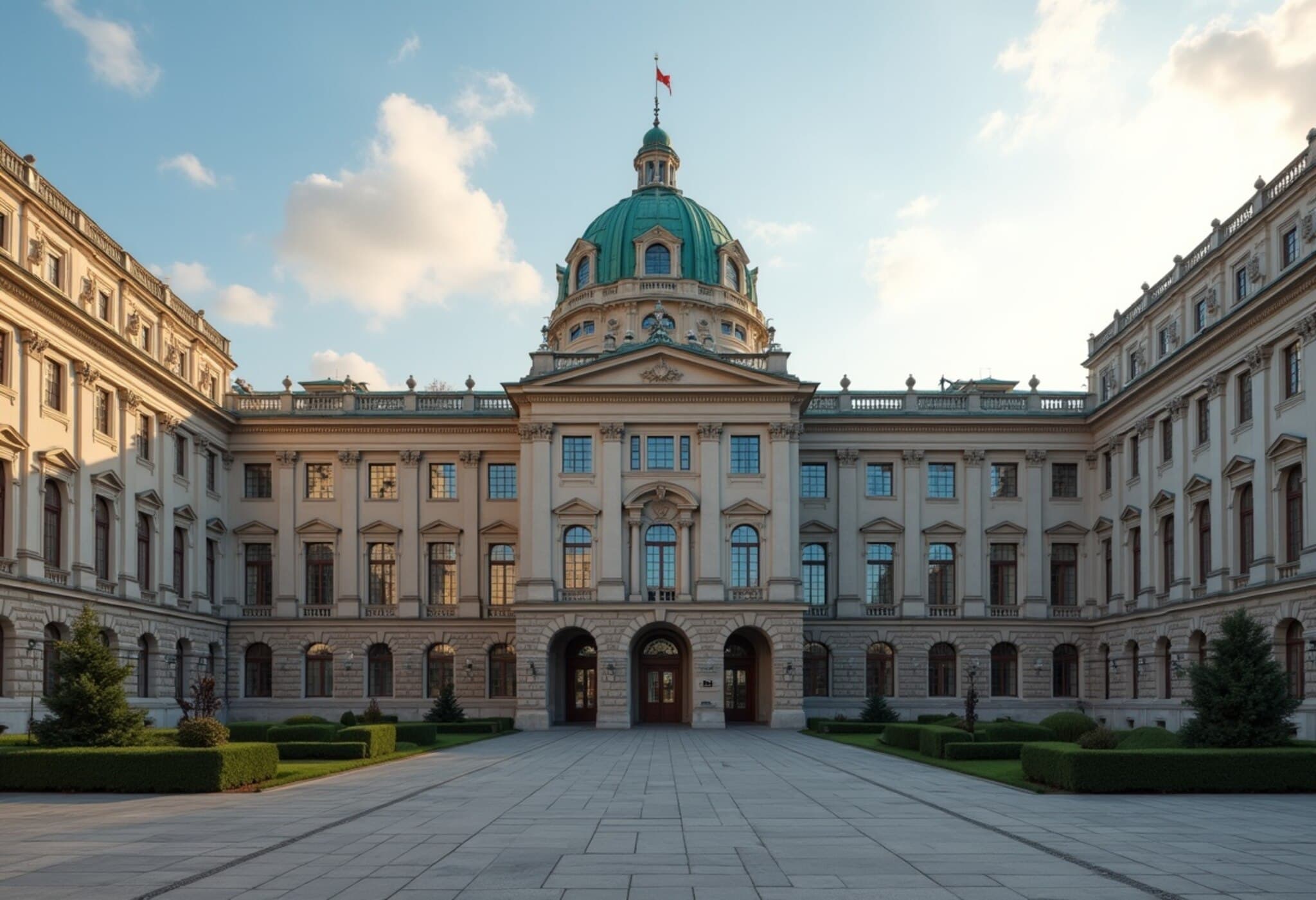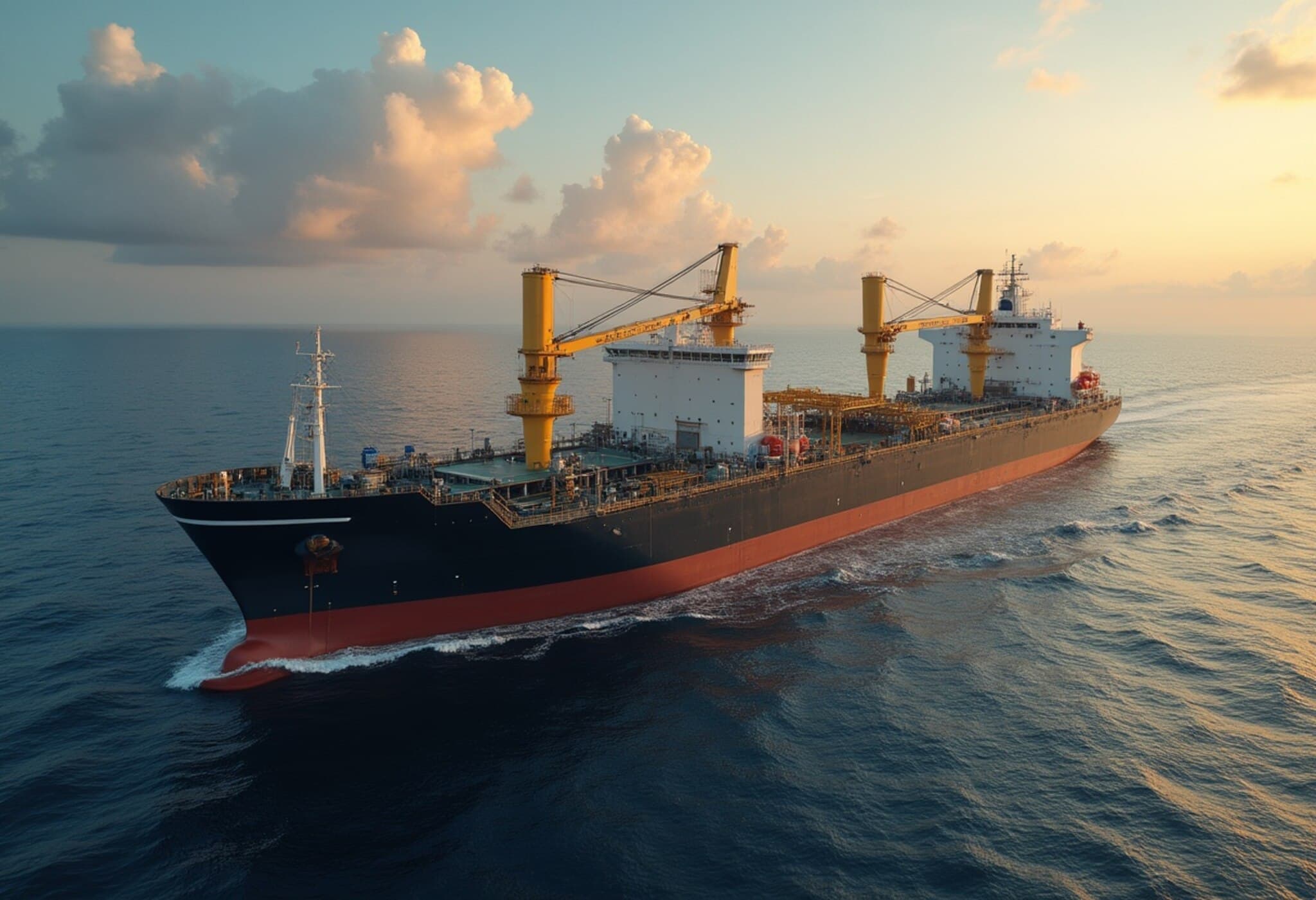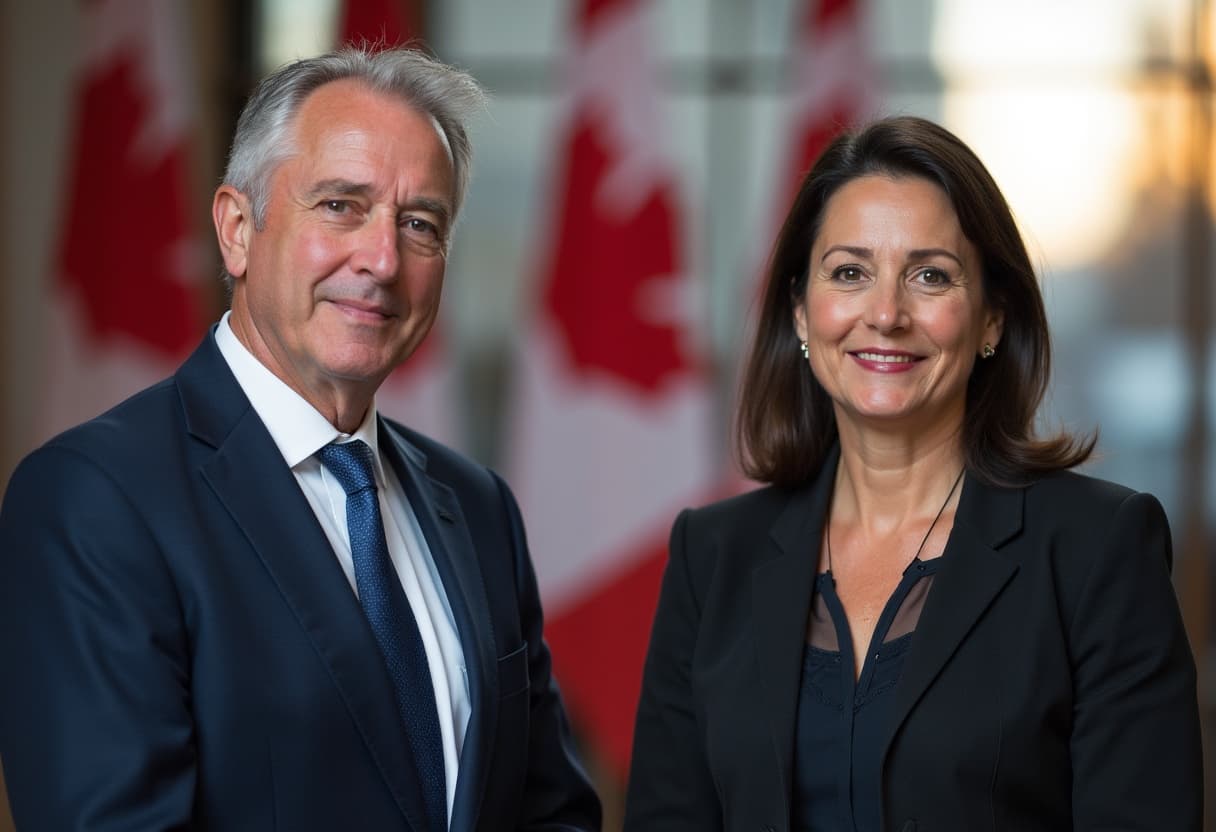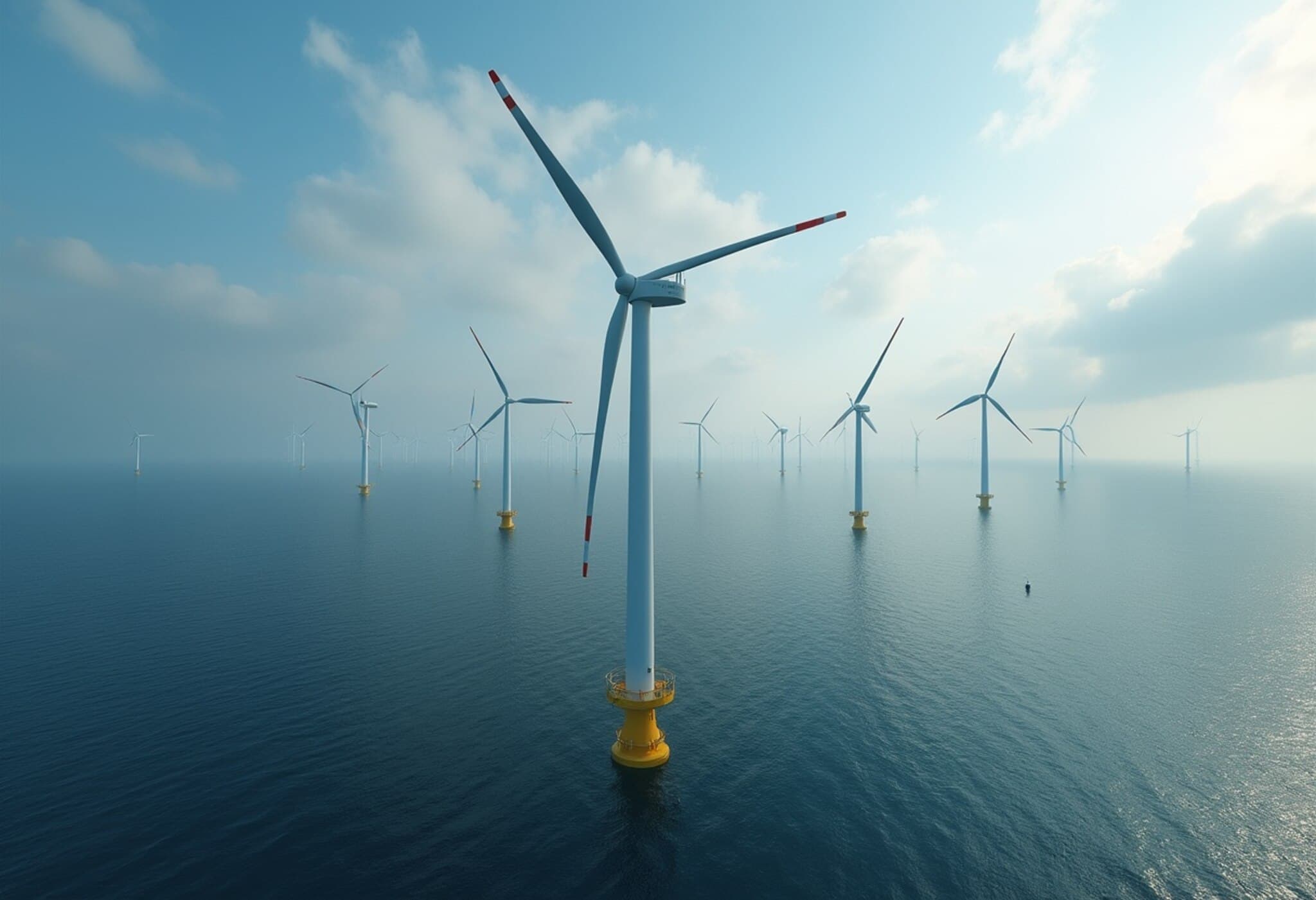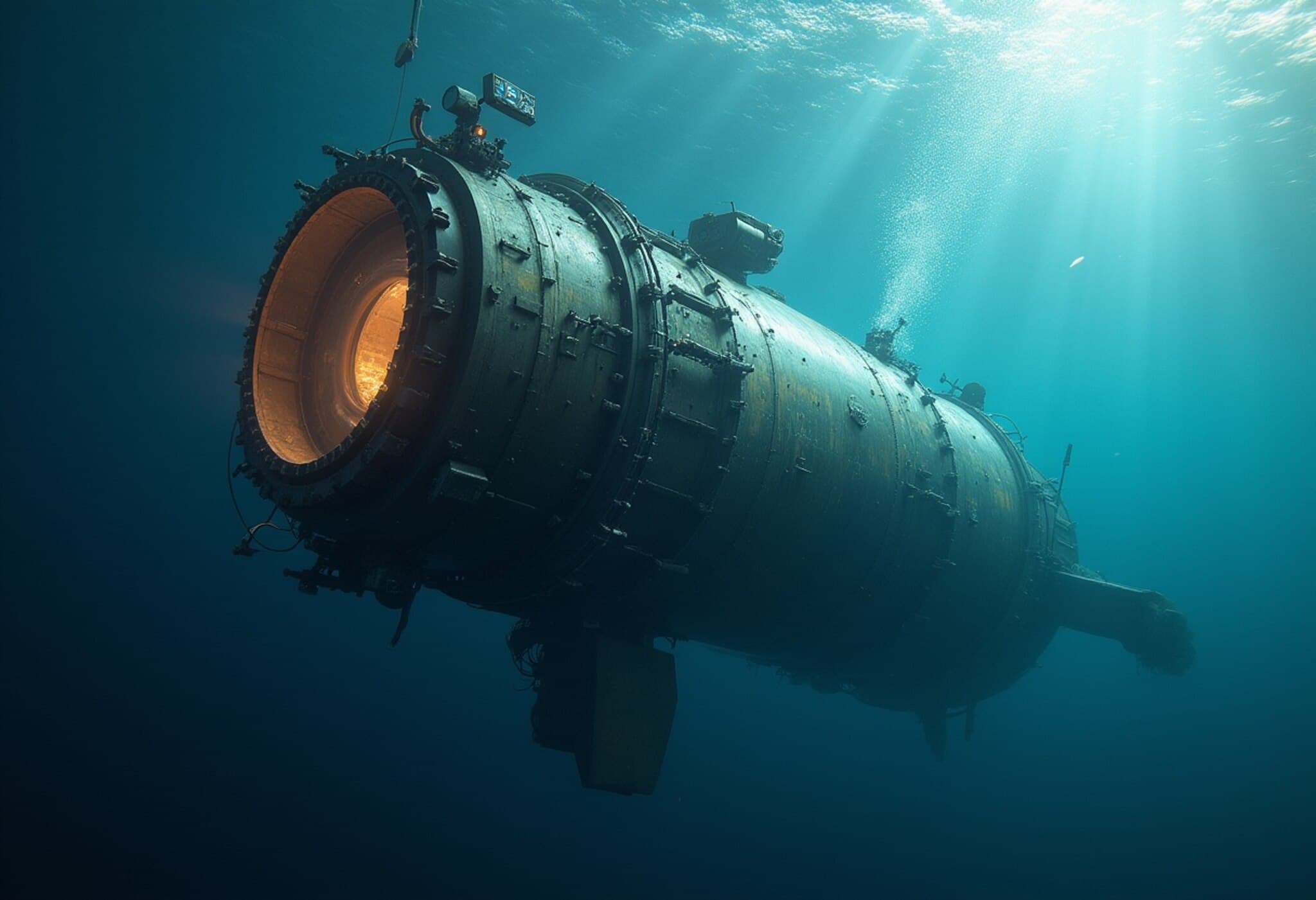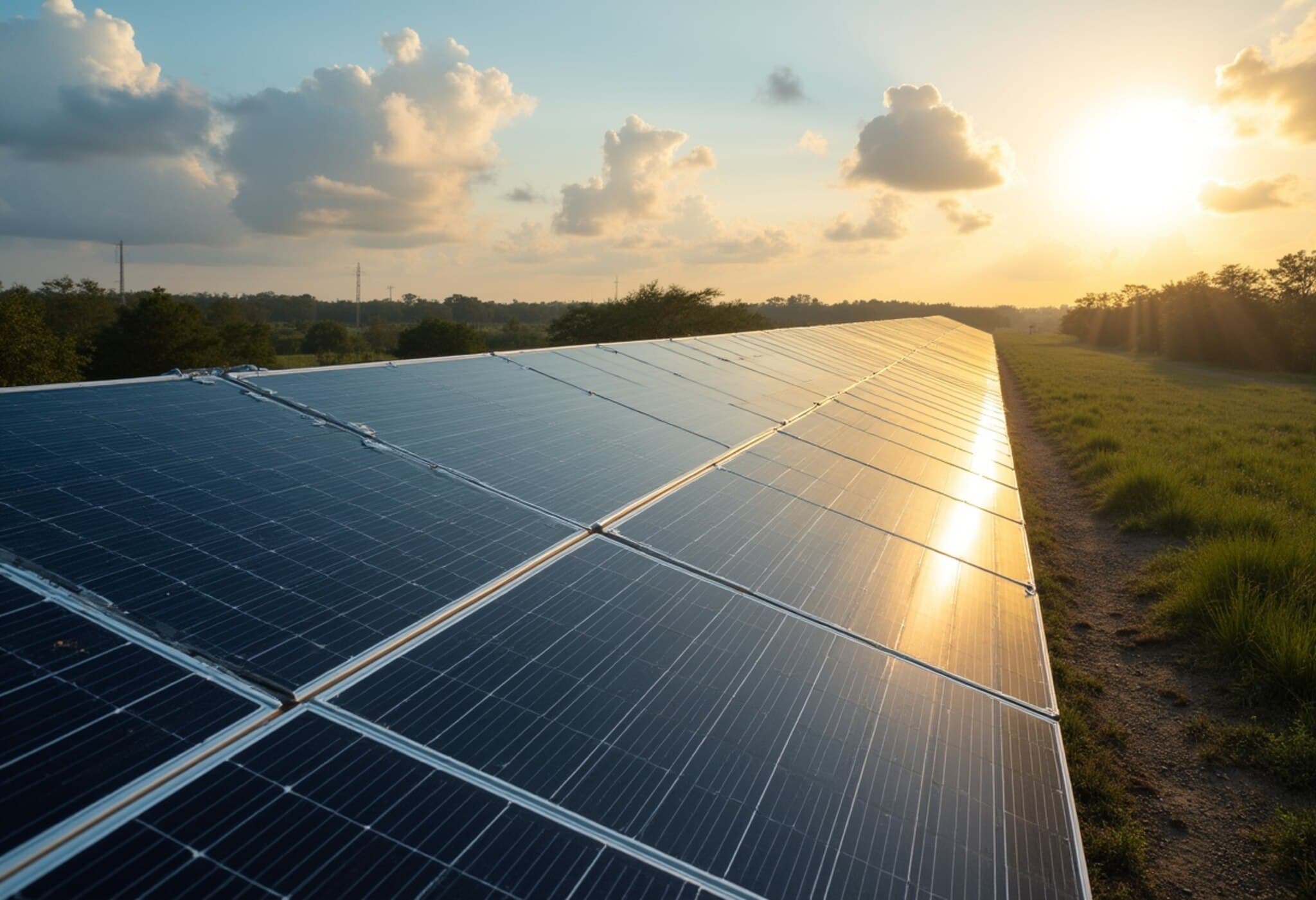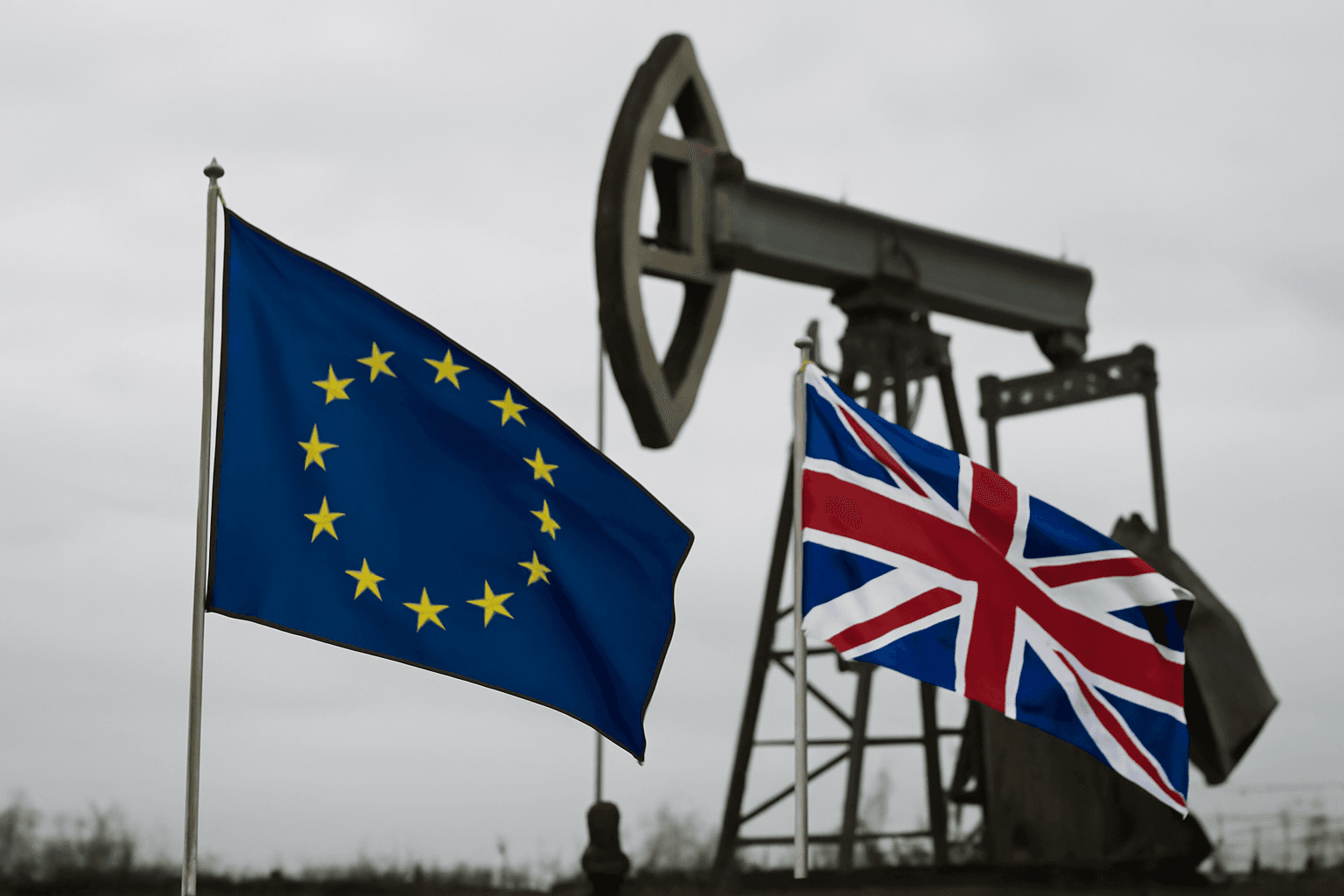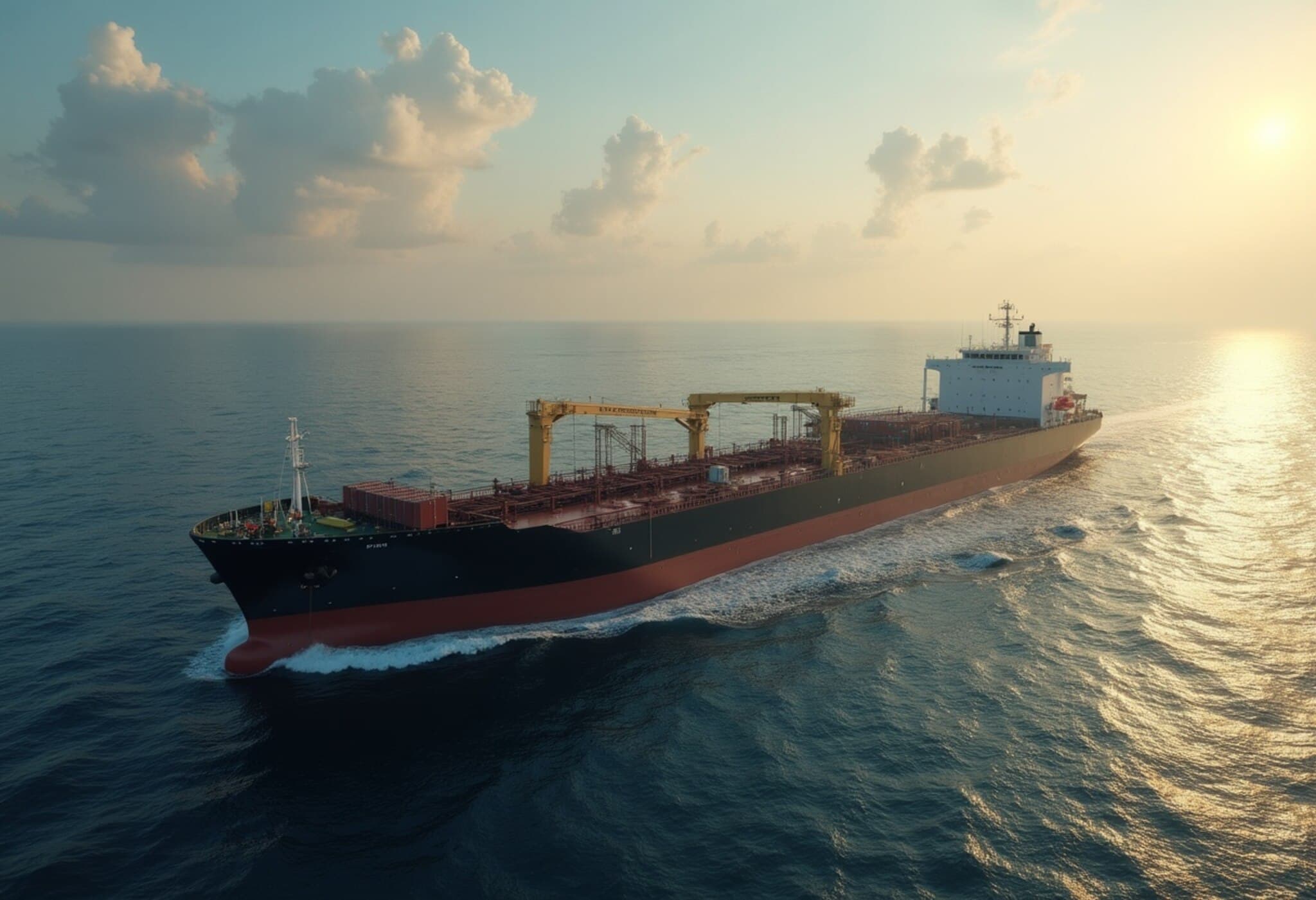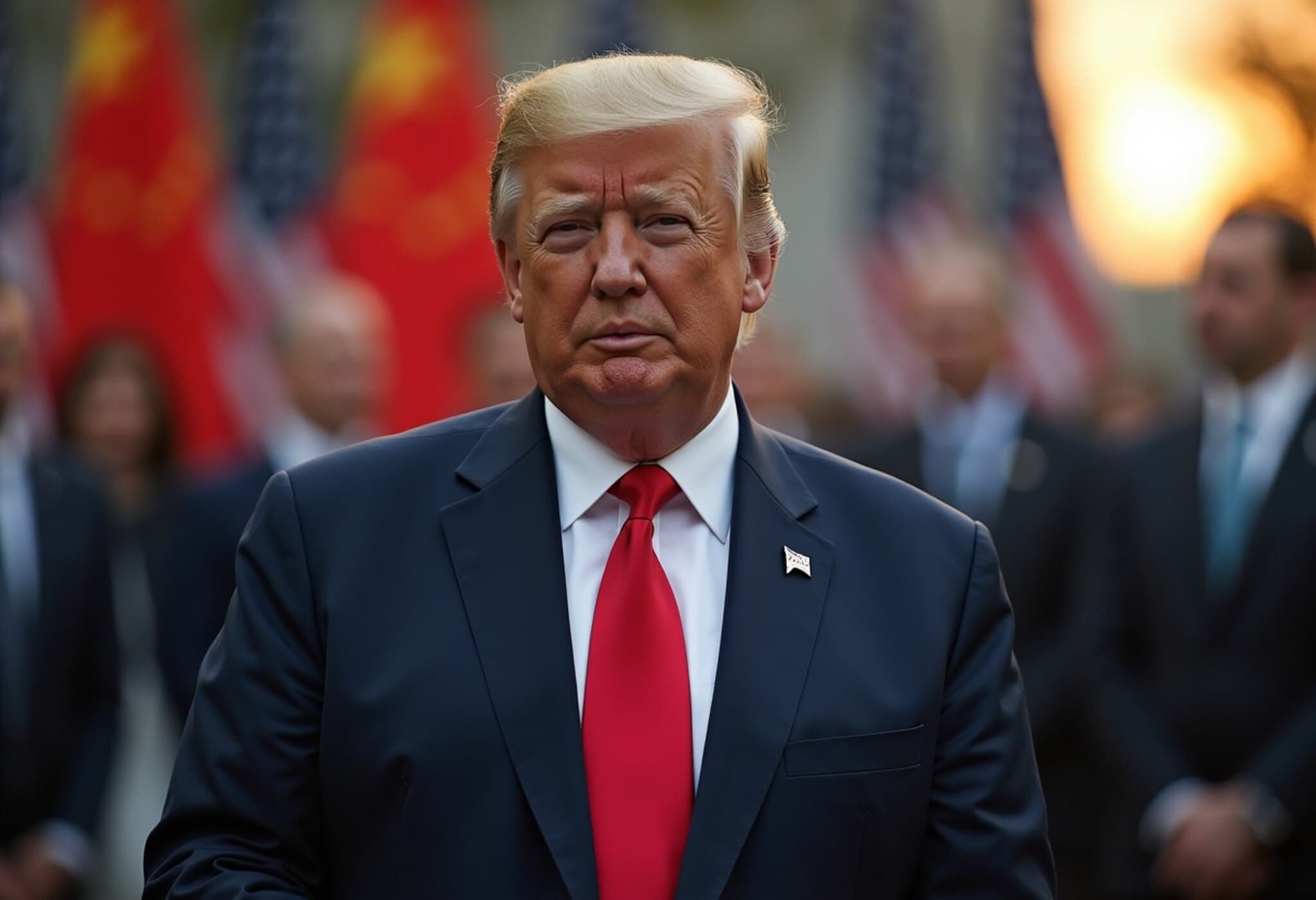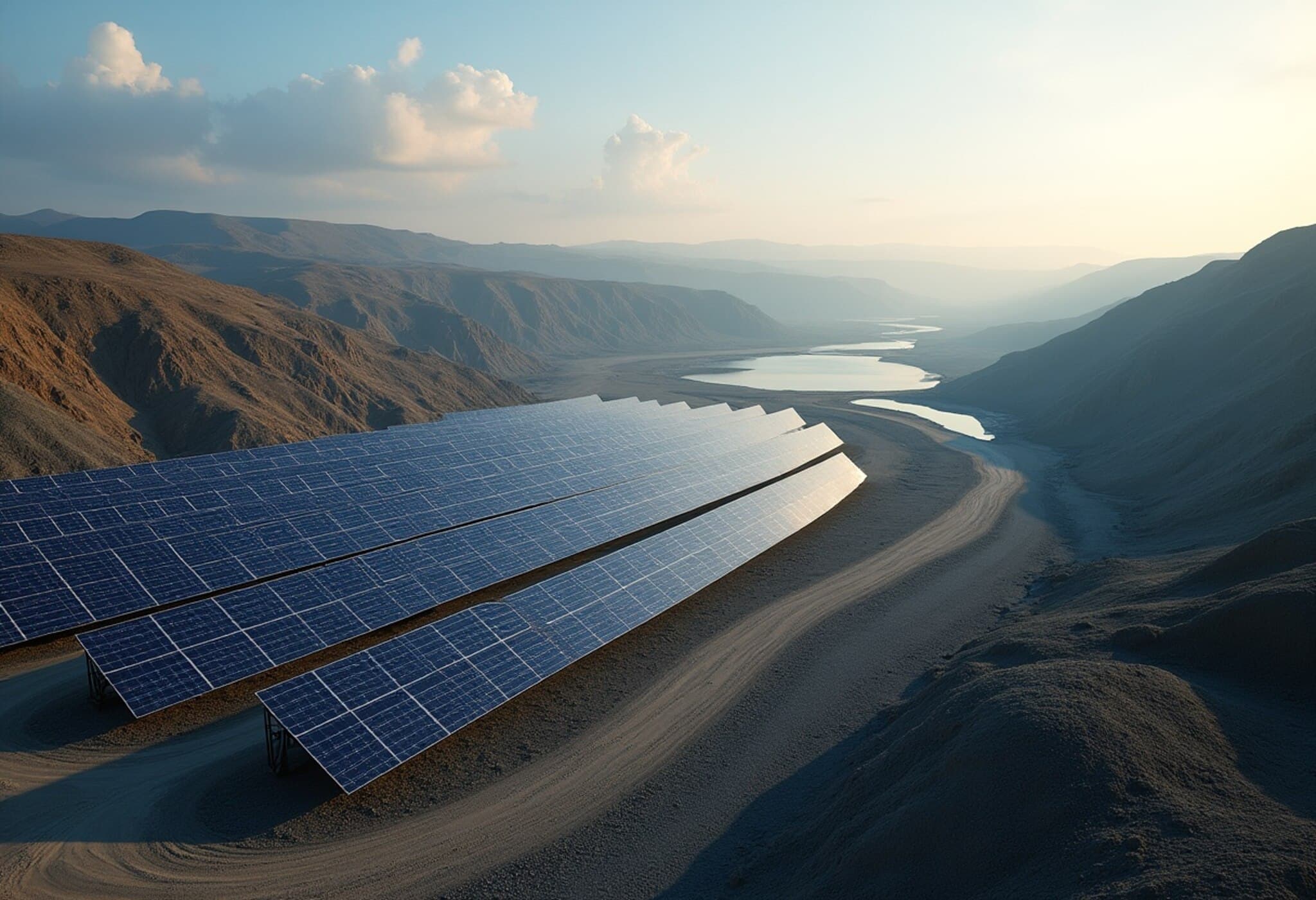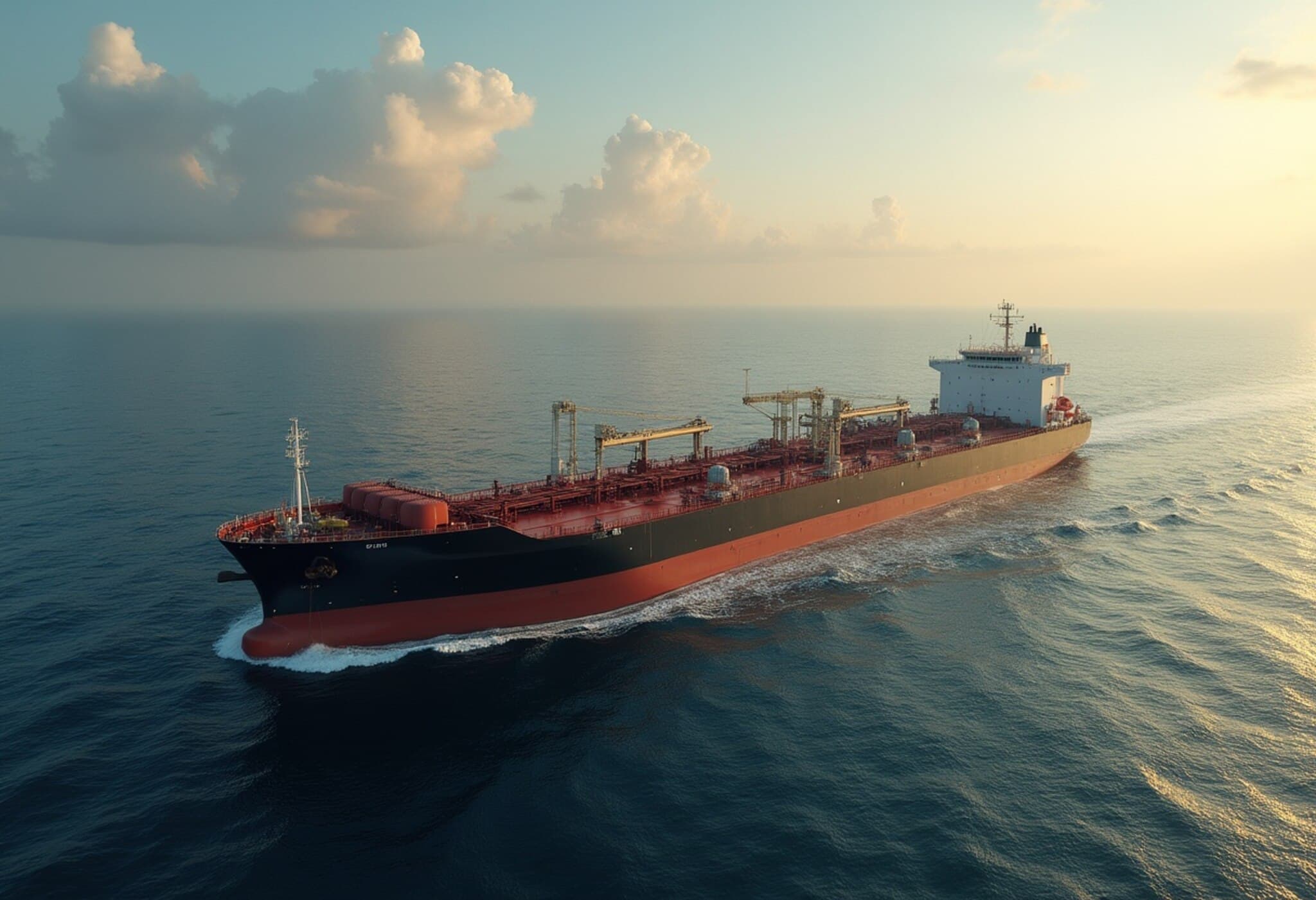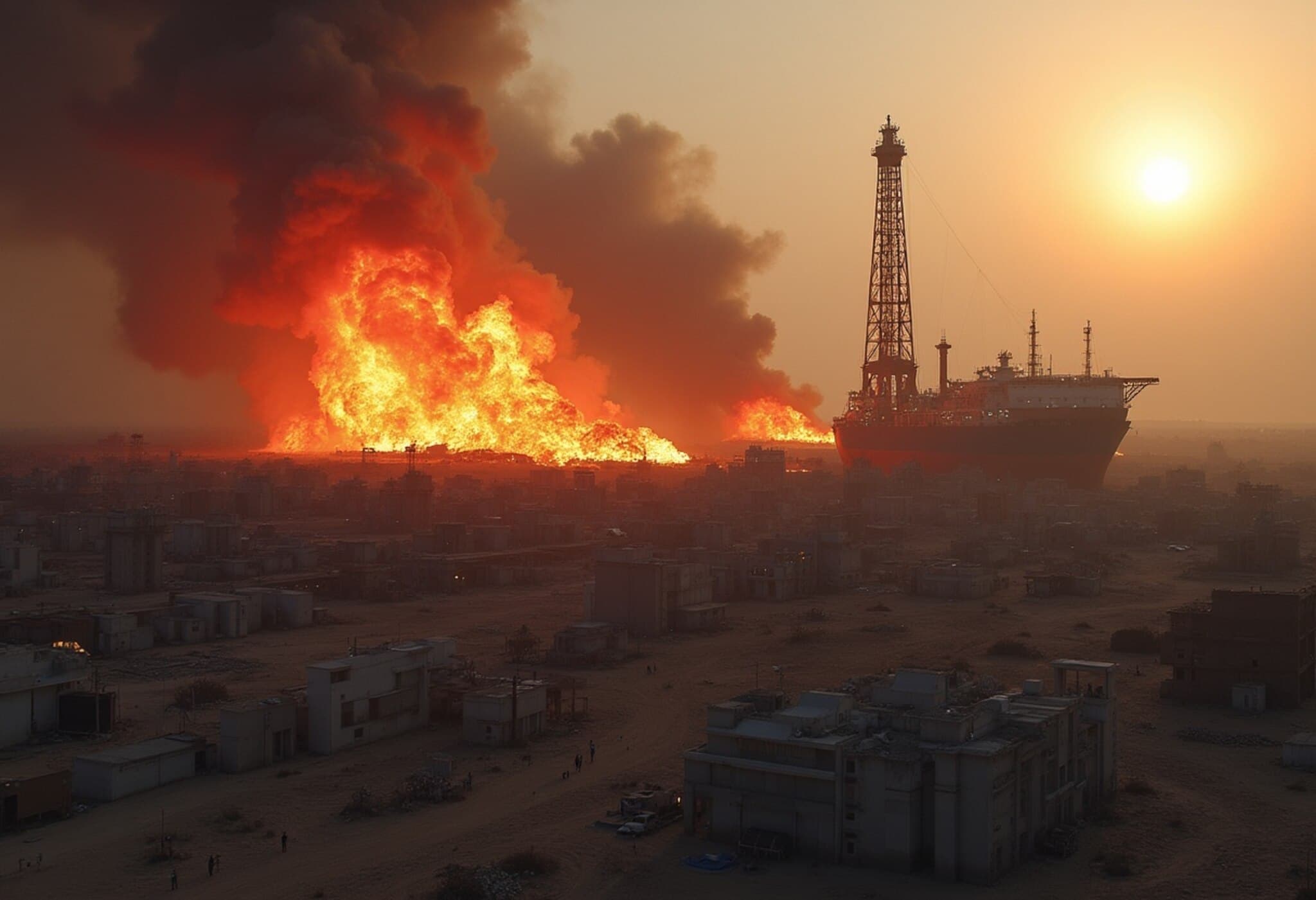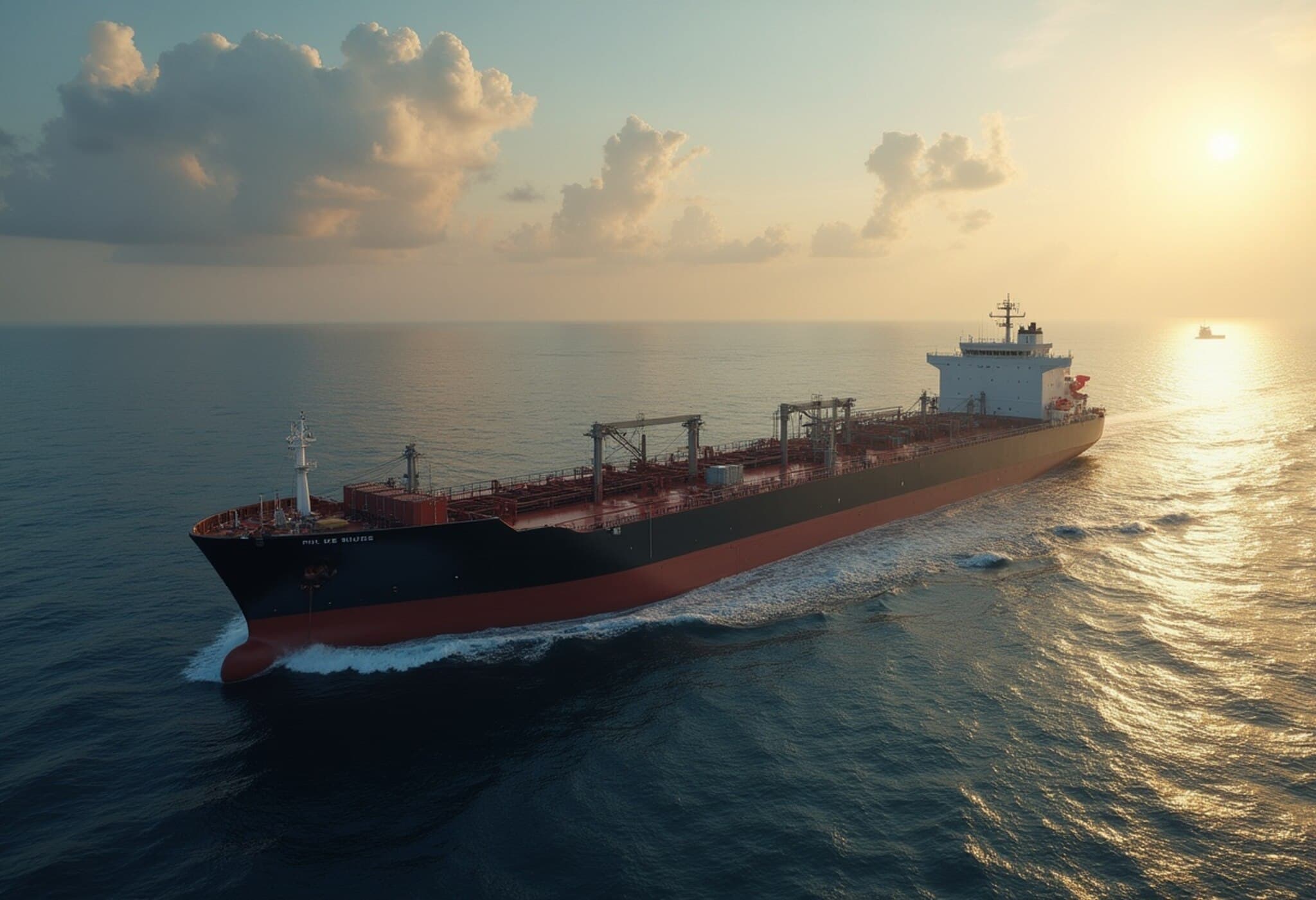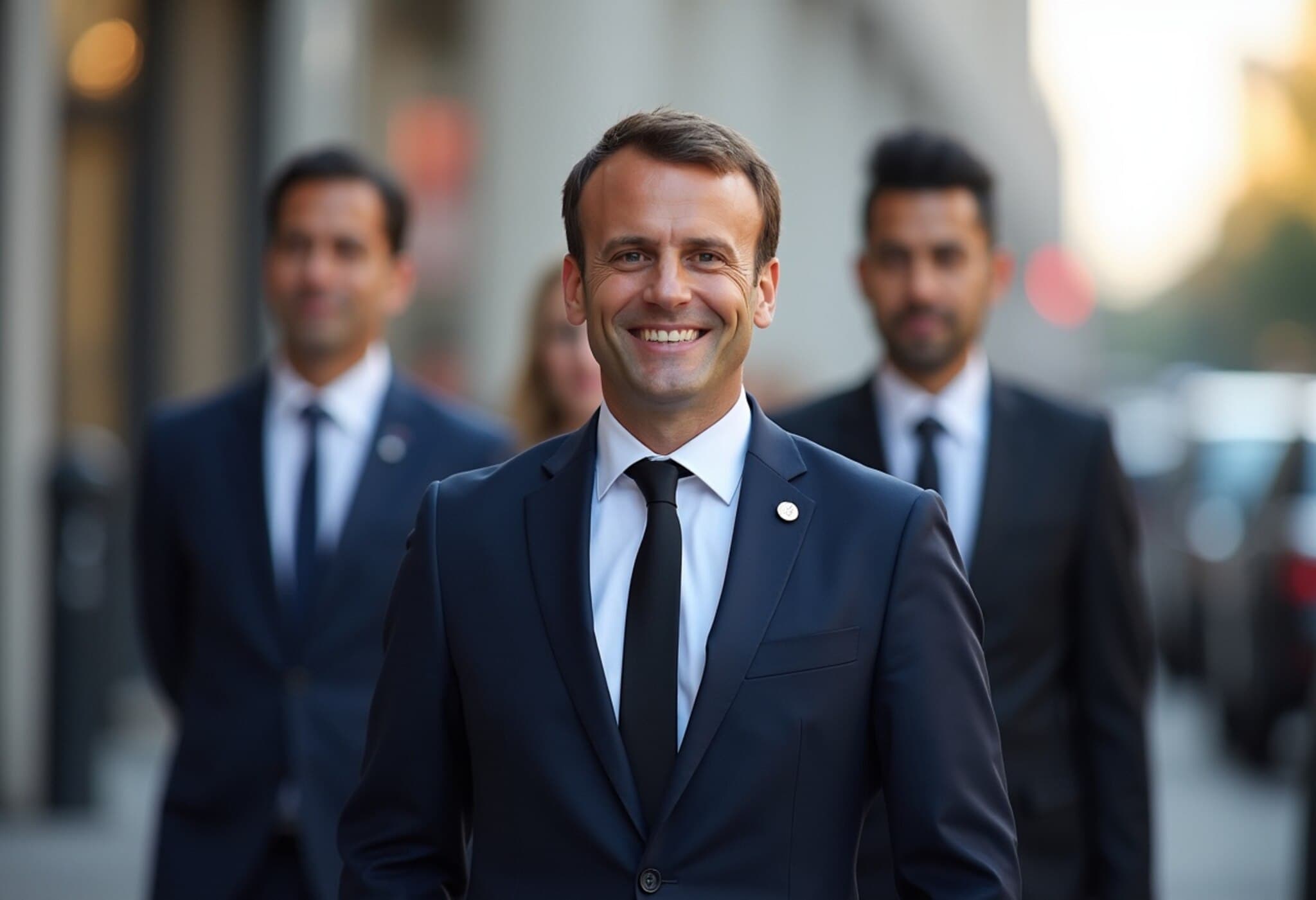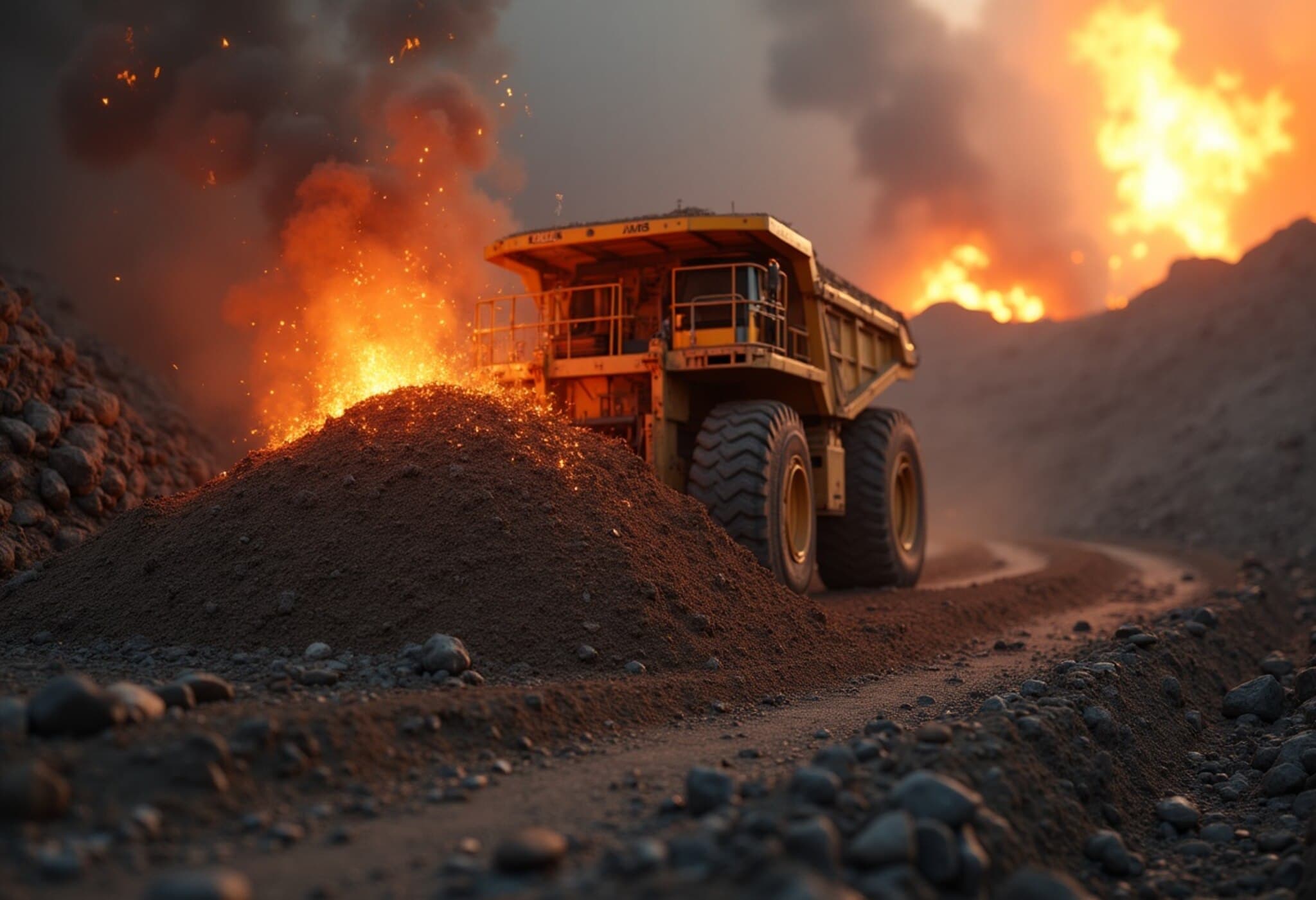Inside OPEC's Biennial Seminar: Energy Transition, Oil Demand, and Capacity Challenges
On July 9-10, 2025, more than 1,000 influential figures — including ministers from OPEC member states and allied countries, CEOs from major oil and gas firms, policymakers, analysts, and journalists — gathered in Vienna for the Organization of the Petroleum Exporting Countries’ (OPEC) much-anticipated biennial seminar. This high-profile event served as a critical forum to dissect the evolving landscape of global energy markets, confronted by the ongoing green transition and shifting geopolitics.
The Dual Challenge of the Green Transition
A dominant theme throughout the seminar was the energy transition, a subject fraught with complexity for oil-producing nations. OPEC ministers reiterated a pragmatic approach that advocates simultaneous investment in hydrocarbons alongside renewables, cautioning against precipitous reductions in oil and gas production that could trigger supply shortages. Saudi Arabia’s Energy Minister, Prince Abdulaziz bin Salman, emphasized the continued indispensability of oil and gas "especially in transportation, heavy industry, and emerging economies," reflecting deep concerns that a too-rapid energy shift might undercut global economic stability.
Echoing this view, OPEC Secretary-General Haitham al-Ghais stressed the necessity of investing across all energy sources to not only meet growing demand but also to innovate in emissions reduction technologies. “It simply doesn’t make sense to neglect any part of the energy spectrum,” he remarked during an interview with CNBC.
However, this stance draws scrutiny from climate advocates and some policymakers worried that commitments to green goals risk being diluted under the pretext of economic pragmatism. The U.S. has historically criticized major producers like Saudi Arabia and Russia for insufficient climate action, despite their pledge timelines — 2060 for net-zero emissions compared to the U.S.’ 2050 target. This tug-of-war reflects broader tensions between energy security, economic growth, and environmental responsibility, especially as Middle Eastern nations balance climate diplomacy with their economic reliance on fossil fuels.
OPEC’s World Oil Outlook 2050: Demand Growth and Market Resilience
Released during the seminar, OPEC’s World Oil Outlook 2050 provided a sobering long-term projection: a projected increase in oil demand by 18.2 million barrels of oil equivalent per day between 2024 and 2050. This growth is expected to be largely driven by rapidly developing regions such as India, the Middle East, and Africa, highlighting demographic and industrialization trends that will sustain fossil fuel consumption despite global decarbonization efforts.
The Outlook maintains an estimated global energy mix where oil and gas will consistently contribute over 50% through 2050, a forecast that challenges narratives predicting a swift fossil fuel phase-out. Reflecting these expectations, OPEC+ producers announced a combined production increase of 548,000 barrels per day in August, citing "low oil inventories" and "steady economic fundamentals" as justifications.
UAE Energy Minister Suhail al-Mazrouei conveyed confidence that the market is deeper than perceptions suggest, stating, “We haven’t seen major inventory build-ups despite increased production, which indicates genuine demand.” This underscores OPEC’s ongoing balancing act between managing supply to stabilize prices and responding to global demand fluctuations.
The Critical Need for Investment in Oil and Gas Capacity
Amidst bullish demand projections, OPEC ministers issued renewed calls for bolstered investments to sustain and expand global oil and gas capacity. The World Oil Outlook 2025 highlighted that meeting market supply reliability and compensating for natural declines in mature fields will require approximately $18.2 trillion in investments over the next 25 years.
However, the International Energy Agency (IEA) paints a contrasting near-term picture, forecasting a 6% drop in oil investment for 2025 — the first decline since the pandemic-driven slump in 2020 — propelled by subdued prices and shifting demand expectations. Refinery investments are also expected to fall to their lowest in a decade.
Azeri Energy Minister Parviz Shahbazov stressed the urgency of proactive infrastructure investments, warning that increased demand must be matched with commensurate production and delivery capabilities to avoid future bottlenecks. Meanwhile, UAE’s al-Mazrouei acknowledged an ongoing decline in the world’s spare capacity, a key metric for market resilience, which has diminished year-over-year.
This shrinking spare capacity has become a contentious point within OPEC+ negotiations, especially as nations like Iraq, Kazakhstan, and the UAE seek greater production quotas aligned with their potential output capabilities. Aligning supply-side ambitions with consumer needs remains a delicate dance, with Indian Minister of Petroleum Hardeep Singh Puri underscoring the need for "stable and predictable prices" that support both global consumers and investment incentives.
What Lies Ahead?
The Vienna seminar vividly illustrates the complex crossroads at which global energy markets stand. As the world wrestles with climate imperatives, energy security, and economic growth, OPEC’s messaging signals a commitment to a measured transition that preserves oil and gas as cornerstones of the global energy system. Yet, this approach raises fundamental questions about the pace and scale of the green transition and the roles individual countries must play.
Furthermore, the tension between short-term market demand and long-term climate goals could reshape international cooperation frameworks, energy policy, and investment patterns in profound ways over the coming decades.
Editor’s Note
OPEC’s latest seminar underscores a persistent paradox in global energy policy: the simultaneous pursuit of sustainable energy futures while relying heavily on fossil fuels that underpin today’s economies. Readers should consider how geopolitical interests, emerging market growth, and technological innovation will influence the dynamics between oil producers and consumers. How will investment decisions taken today impact not only energy security but also global climate commitments? These questions remain central as we navigate an uncertain energy horizon.


